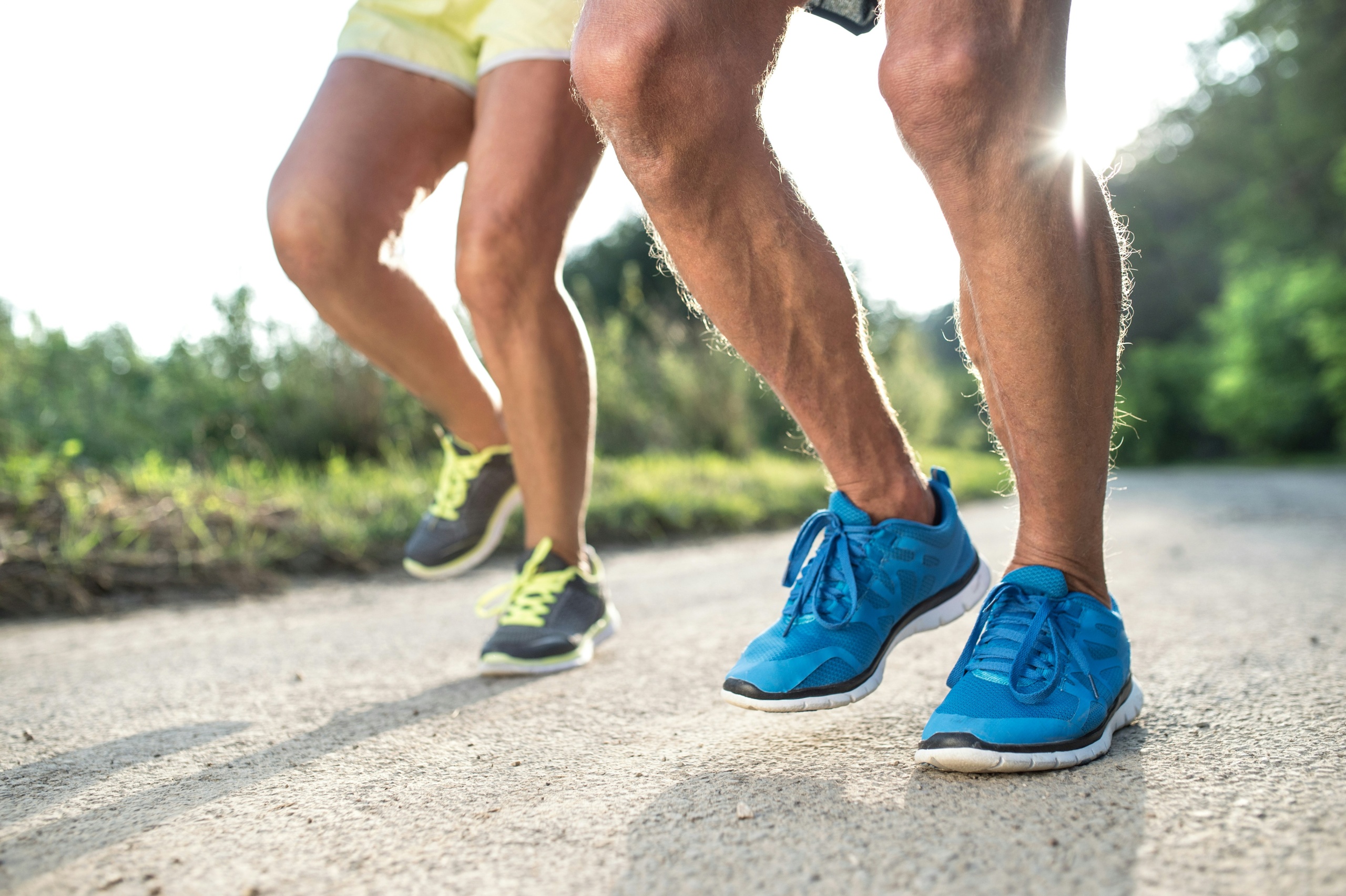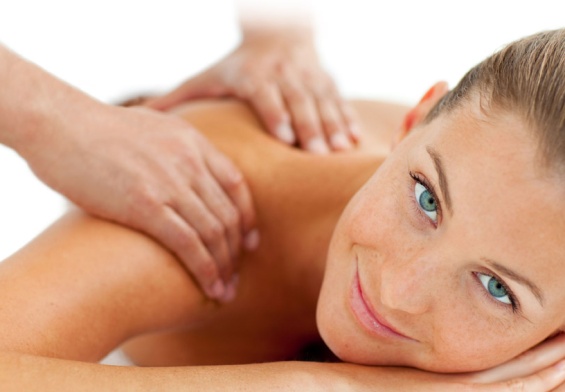As the golden years grace our lives, the pursuit of health and vitality takes on a new rhythm. Running, a pulse-quickening activity often associated with the vigor of youth, emerges as a beacon of wellness for the elderly too. This guide embarks on a journey to explore how the rhythmic strides of running can be harmoniously woven into the fabric of elder care. It’s a narrative that transcends the conventional bounds of fitness, delving into how seniors, caregivers, and those in in-home care can embrace running and similar activities. Here, we navigate the delicate balance between the energetic zest of running and the prudent, tailored approaches required in senior fitness. From gentle jogs in the park to brisk walks down the lane, this guide illuminates the path to maintaining cardiovascular health, muscle strength, and mental well-being in the later chapters of life, ensuring that every step taken is a stride towards joy, health, and longevity.
Understanding the Benefits of Running for the Elderly
Running, often perceived as a high-impact exercise reserved for the young, can be modified to suit the elderly. It’s an excellent way to improve cardiovascular health, maintain muscle strength, and enhance overall well-being. For seniors, especially those in elder care, running or brisk walking can boost mood, improve sleep, and contribute to a sense of independence.
Adapting Running for Senior Fitness
- Starting Slowly: For seniors new to running, beginning with a slow-paced walk/run plan is crucial. This approach helps the body adjust gradually, reducing the risk of injuries.
- Physician Consultation: Before starting any running regimen, seniors should consult with their healthcare providers, particularly if they have pre-existing conditions or are under medication.
The Importance of Gradual Progression
- Avoiding Overexertion: Seniors should avoid rapidly increasing their running distances. A gradual increase in intensity and duration is key to preventing injuries.
- 10 Percent Rule: Increasing weekly mileage by no more than 10 percent is a safe guideline for senior runners.
Rest and Recovery in Elder Care
- Scheduled Rest Days: Incorporating rest days into the exercise routine is essential for muscle recovery and overall health.
- Cross-Training Activities: Engaging in low-impact activities like swimming, cycling, or yoga on rest days can complement running and reduce the risk of overuse injuries.
Listening to the Body: A Key Principle for Senior Runners
- Pain Awareness: Seniors should be attentive to their bodies and avoid running through pain. Any discomfort that alters gait or worsens with activity should be taken seriously.
- Joint Health: Older adults need to be particularly mindful of joint health. Low-impact alternatives like brisk walking or aqua jogging can be effective substitutes for running.
Running and Dementia Care
- Adapted Exercise Routines: For seniors with dementia, exercise routines should be adapted to their cognitive abilities and physical condition.
- Safety and Supervision: Caregivers should ensure a safe environment for physical activity and provide supervision as needed.
Role of Caregivers in Promoting Fitness
- Encouraging Regular Exercise: Caregivers can play a crucial role in encouraging and assisting seniors with their exercise routines.
- Monitoring for Signs of Fatigue or Discomfort: Caregivers should be vigilant for any signs of fatigue, discomfort, or injury in seniors during and after exercise.
After-Hospital Care: Integrating Running and Walking
- Post-Hospitalization Exercise: After hospital care, incorporating gentle exercises like walking can aid in recovery and prevent stiffness.
- Collaboration with Healthcare Providers: Working with healthcare providers to develop a post-hospitalization exercise plan is essential for safely maintaining fitness.
Conclusion
As we draw the curtains on this detailed exploration of integrating running and fitness into elder care, we stand at the intersection of health, aging, and vitality. This journey through the lanes of senior fitness is more than just about lacing up running shoes; it’s about redefining the essence of aging. It’s a testament to the enduring spirit of our seniors, who, with each step, each jog, each run, demonstrate that age is but a number and vitality is a timeless pursuit.
For caregivers and healthcare professionals, this guide serves as a compass, directing towards practices that infuse seniors’ lives with energy, independence, and joy. It’s a call to action to tailor fitness routines, to listen attentively to the whispers of aging bodies, and to celebrate the resilience of the human spirit. In the grand tapestry of elder care, running and fitness activities, when adapted thoughtfully, emerge not just as exercises but as celebrations of life. As we move forward, let’s carry this message of hope and vitality, ensuring that our seniors not only walk or run through their golden years but do so with strength, grace, and a heart full of joy.



